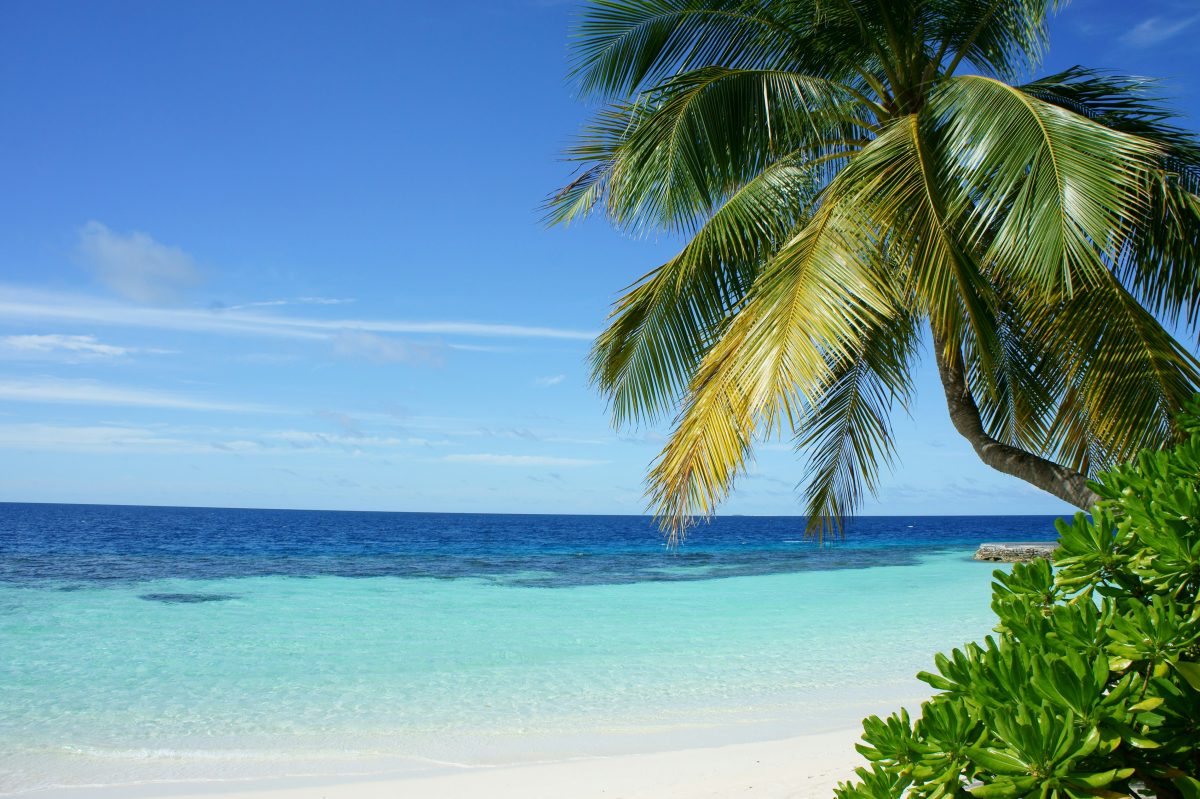A quick check on the internet site Gitnux.org shows some interesting facts about spring break.
For example, research shows that 1.5 million students nationwide will travel during the break and each one spends $1,080 on average. If you want to know the alcohol statistics, you can Google it yourself.
With all that in mind, here are some helpful tips to ensure that you save some cash, and keep your health in check during your free time in the coming week.
To prioritize your health while traveling April Schneider, a nurse practitioner at South Dakota State University campus, provided tips on how to stay well.
“Depending on where you’re traveling, stay hydrated,” Schneider said. “Electrolyte drinks are more beneficial than water.”
If you plan on drinking, be aware that alcohol affects people differently based on your weight and metabolism. The human body filters roughly one ounce of alcohol per hour.
“We recommend about one drink an hour and no more than three to four drinks an evening,” Schneider said. “Heat will also increase the effects of alcohol.”
“When there is recreational drug or alcohol use, our situational awareness is lowered,” Schneider said. “Not being able to tell an Uber where to take you or not noticing the person staring at you in a bar, are some of the ways we lose awareness.”
In terms of things you can do to increase your situational awareness, make sure to “cover your drinks and don’t accept a drink from anyone you don’t know,” Schneider said.
Most people commonly associate water with fun, but in certain cases it can be dangerous. In countries outside of the U.S, the water can contain bacteria that will make you sick.
“Don’t put ice in your drinks because the water might not be safe for consumption,” Schneider said. “Hotel hot tubs are hit or miss. Hot tubs can contain fungus that can be transmitted from person to person.”
Riptides are another hazard that might be unknown to land-locked Midwesterners. They occur when the ocean current swiftly pulls you out from shore faster than you can swim back in. It’s recommended that you swim parallel to the shore, not back toward it, to escape the pull of the water.
Most students assume that your health insurance will cover you wherever you are. For some though, that’s not the case. “We have some patients that are only covered in the state of Minnesota,” Schneider said.
Schneider suggests that if you aren’t sure, ask your health provider if you’re covered where you plan on traveling.
Travel costs can also be a concern during the break. Make sure to take time and check that you’re getting the best deal on your trip when planning. Be aware that some websites will promote the “best deal for travel” but in reality, they’re being paid to promote those locations.
Karen Gores, a travel agent in Brookings, said that the South Padre Islands and Florida are good locations for students to travel to.
“Cancun is usually a good value because you can do an all-inclusive resort,” Gores said.
Excursions are also something that students should consider before leaving.“It depends on where you go, snorkeling obviously is one and parasailing.” Gores said. Activities like these can add unexpected costs to the trip so it’s a good idea to plan ahead.
Whether you plan on staying home or traveling somewhere far away, you can apply these tips to make the most of your spring break.
SPRING BREAK
The do’s, don’ts, and the probably nots.























